Home>Maintenance & Safety>Home Maintenance Checklists>Where To Put Trash Can In Kitchen
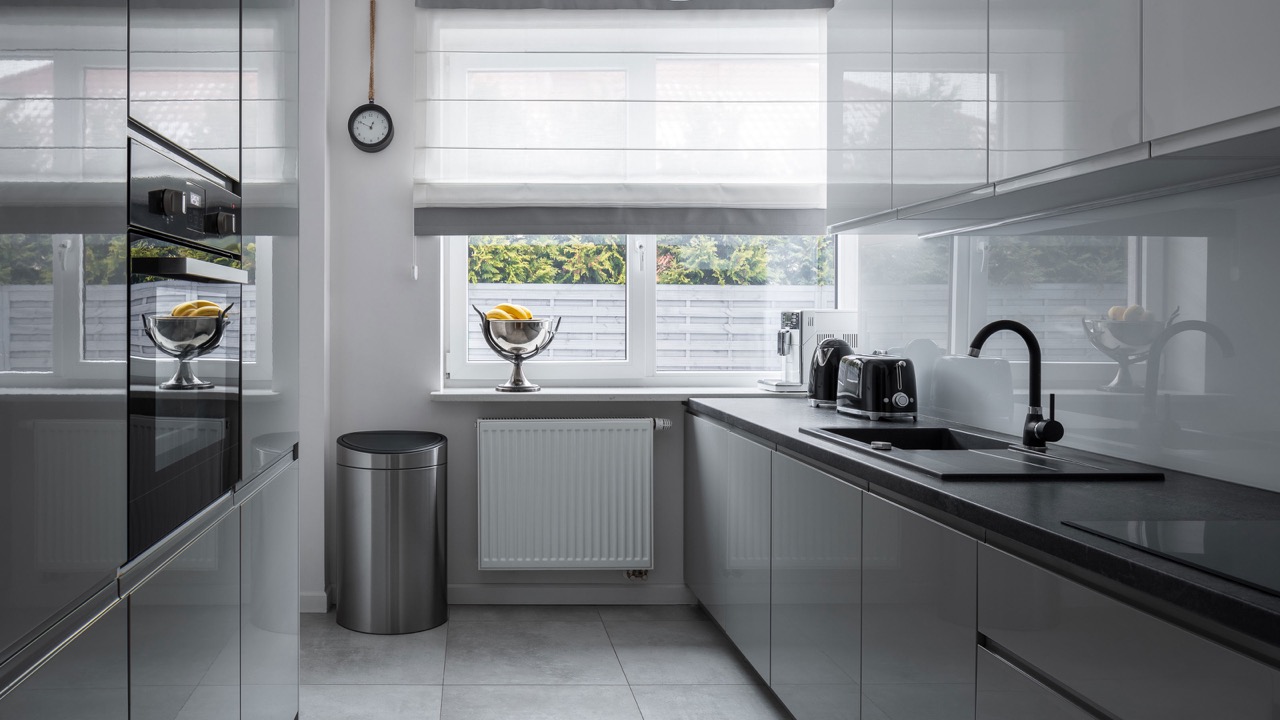

Home Maintenance Checklists
Where To Put Trash Can In Kitchen
Modified: February 26, 2024
Discover the best placement for your trash can in the kitchen with our comprehensive home maintenance checklists. Keep your space organized and efficient.
(Many of the links in this article redirect to a specific reviewed product. Your purchase of these products through affiliate links helps to generate commission for Storables.com, at no extra cost. Learn more)
Introduction
Welcome to the heart of your home – the kitchen! When it comes to maintaining a clean and organized kitchen, the placement of your trash can is a crucial consideration. The strategic placement of a trash can not only ensures convenience but also contributes to the overall functionality and aesthetics of your kitchen space.
In this comprehensive guide, we will explore the various factors to consider when determining the ideal location for your kitchen trash can. From practicality and accessibility to odor control and visual appeal, we will delve into the key aspects that can influence your decision. Additionally, we will discuss the diverse options available for placing a trash can in your kitchen, considering different kitchen layouts and individual preferences.
Whether you are renovating your kitchen, seeking to optimize the workflow, or simply looking to enhance the organization of your space, this guide is designed to provide valuable insights and practical tips. By the end of this journey, you will be equipped with the knowledge to make an informed decision about where to put your trash can in the kitchen, ensuring that it seamlessly integrates into your daily kitchen activities while maintaining a tidy and inviting environment.
So, let's embark on this exploration of kitchen trash can placement, where functionality meets style, and practicality harmonizes with aesthetics. Let's dive in and discover the art of optimizing your kitchen space with the perfect placement of your trusty trash can!
Key Takeaways:
- Strategically placing your kitchen trash can ensures easy access, odor control, and visual appeal. Consider traffic flow, safety, and waste segregation for an efficient and tidy kitchen.
- Options like under-sink cabinets, pull-out drawer systems, and recycling stations offer flexibility in trash can placement, catering to your kitchen’s layout and design preferences.
Read more: How To Put A Trash Bag In The Trash Can
Factors to Consider When Placing a Trash Can in the Kitchen
When determining the optimal placement for your kitchen trash can, several key factors come into play. Considering these factors will not only enhance the convenience of waste disposal but also contribute to the overall efficiency and cleanliness of your kitchen. Let’s explore the crucial considerations:
- Accessibility: Accessibility is paramount when it comes to placing your trash can in the kitchen. The ideal location should be easily accessible from different areas of the kitchen, including the cooking and food preparation zones. This ensures that you can efficiently dispose of waste without disrupting your cooking or cleaning activities.
- Traffic Flow: Consider the traffic flow in your kitchen. Placing the trash can in an area with minimal obstruction to the natural flow of movement is essential. It should be easily reachable but not positioned in a way that creates congestion or hinders the functionality of the space.
- Odor Control: Odor management is a crucial aspect of trash can placement. While it’s essential to have easy access to the trash can, it’s equally important to ensure that it is strategically placed to minimize the spread of odors. Consider locations that allow for adequate ventilation while keeping the trash can discreetly positioned.
- Visual Aesthetics: The visual impact of the trash can placement should not be overlooked. It’s beneficial to integrate the trash can into the kitchen design seamlessly. Whether it’s a built-in cabinet with a concealed bin or a stylish standalone container, the visual appeal of the placement contributes to the overall ambiance of the kitchen.
- Child and Pet Safety: If you have children or pets, safety considerations are paramount. Placing the trash can in an area that is not easily accessible to curious little hands or paws is essential for maintaining a safe and hygienic environment.
- Waste Segregation: If you practice waste segregation, consider placing multiple bins for different types of waste, such as recyclables and organic waste. This facilitates efficient waste management and encourages environmentally friendly practices within the kitchen space.
By carefully evaluating these factors, you can make an informed decision about the placement of your kitchen trash can, ensuring that it aligns with your specific needs and enhances the functionality and aesthetics of your kitchen.
Consider placing the trash can near the sink or food prep area for easy access while cooking and cleaning. Keep it out of the way of major traffic flow, but still convenient for quick disposal.
Options for Placing a Trash Can in the Kitchen
When it comes to placing a trash can in your kitchen, various options are available, catering to different kitchen layouts, personal preferences, and organizational needs. Let’s explore the diverse options for integrating a trash can into your kitchen space:
- Under-Sink Cabinet: Placing a trash can under the sink is a popular and space-efficient option. It keeps the trash out of sight while maximizing the use of cabinet space. Consider installing a pull-out or tilt-out bin system for easy access and seamless integration.
- Island or Peninsula Incorporation: If you have a kitchen island or peninsula, incorporating a trash can into the design can be highly convenient. It allows for easy access from different sides of the island, streamlining waste disposal during food preparation and cooking activities.
- Pull-Out Drawer Systems: Utilizing pull-out drawer systems with integrated trash bins is a sleek and modern approach to trash can placement. These systems can be seamlessly integrated into your cabinetry, providing a discreet and organized solution for waste management.
- Wall-Mounted Options: In kitchens with limited floor space, wall-mounted trash cans offer a practical solution. These can be mounted on the inside of cabinet doors or on the walls, keeping the floor area clear while maintaining accessibility.
- Stand-Alone Containers: Stand-alone trash cans, whether freestanding or stylishly designed, offer flexibility in placement. They can be positioned in convenient locations within the kitchen, such as near the food preparation area or the exit to the outdoor waste bins.
- Recycling Stations: For those focused on sustainability and waste segregation, dedicated recycling stations with multiple compartments for different types of waste provide an organized approach to managing recyclables and non-recyclables within the kitchen.
Each of these options presents unique advantages, allowing you to tailor the placement of your trash can to suit your specific kitchen layout, workflow, and design preferences. By exploring these options, you can find the perfect solution that seamlessly integrates waste management into your kitchen space while complementing its overall functionality and visual appeal.
Conclusion
As we conclude our exploration of the art of placing a trash can in the kitchen, it becomes evident that this seemingly simple decision holds significant implications for the functionality, organization, and aesthetic appeal of your kitchen space. By considering the key factors such as accessibility, traffic flow, odor control, visual aesthetics, safety, and waste segregation, you can make an informed choice that aligns with your unique needs and preferences.
Furthermore, the diverse options available for placing a trash can in the kitchen offer flexibility and customization, allowing you to integrate waste management seamlessly into your kitchen layout. Whether you opt for an under-sink cabinet solution, a strategically positioned island incorporation, a sleek pull-out drawer system, or a stand-alone container, the goal remains the same – to optimize the convenience and efficiency of waste disposal while enhancing the overall ambiance of your kitchen.
It’s important to recognize that the placement of a trash can is not merely a functional consideration but also a design element that contributes to the visual harmony of your kitchen. The seamless integration of the trash can into the overall design, whether through concealed cabinet systems, stylish standalone containers, or dedicated recycling stations, elevates the aesthetic appeal of the space while maintaining practicality.
By carefully evaluating the options and considering the factors that influence the placement of a trash can in the kitchen, you have the opportunity to transform this everyday necessity into a well-thought-out and purposeful component of your kitchen environment. Ultimately, the perfect placement of your kitchen trash can reflects your commitment to a clean, organized, and inviting culinary space.
So, as you embark on the journey of optimizing your kitchen space, may your trash can placement not only embody functionality and efficiency but also harmonize with the style and character of your kitchen, creating a space where culinary creativity and practicality coexist seamlessly.
Frequently Asked Questions about Where To Put Trash Can In Kitchen
Was this page helpful?
At Storables.com, we guarantee accurate and reliable information. Our content, validated by Expert Board Contributors, is crafted following stringent Editorial Policies. We're committed to providing you with well-researched, expert-backed insights for all your informational needs.
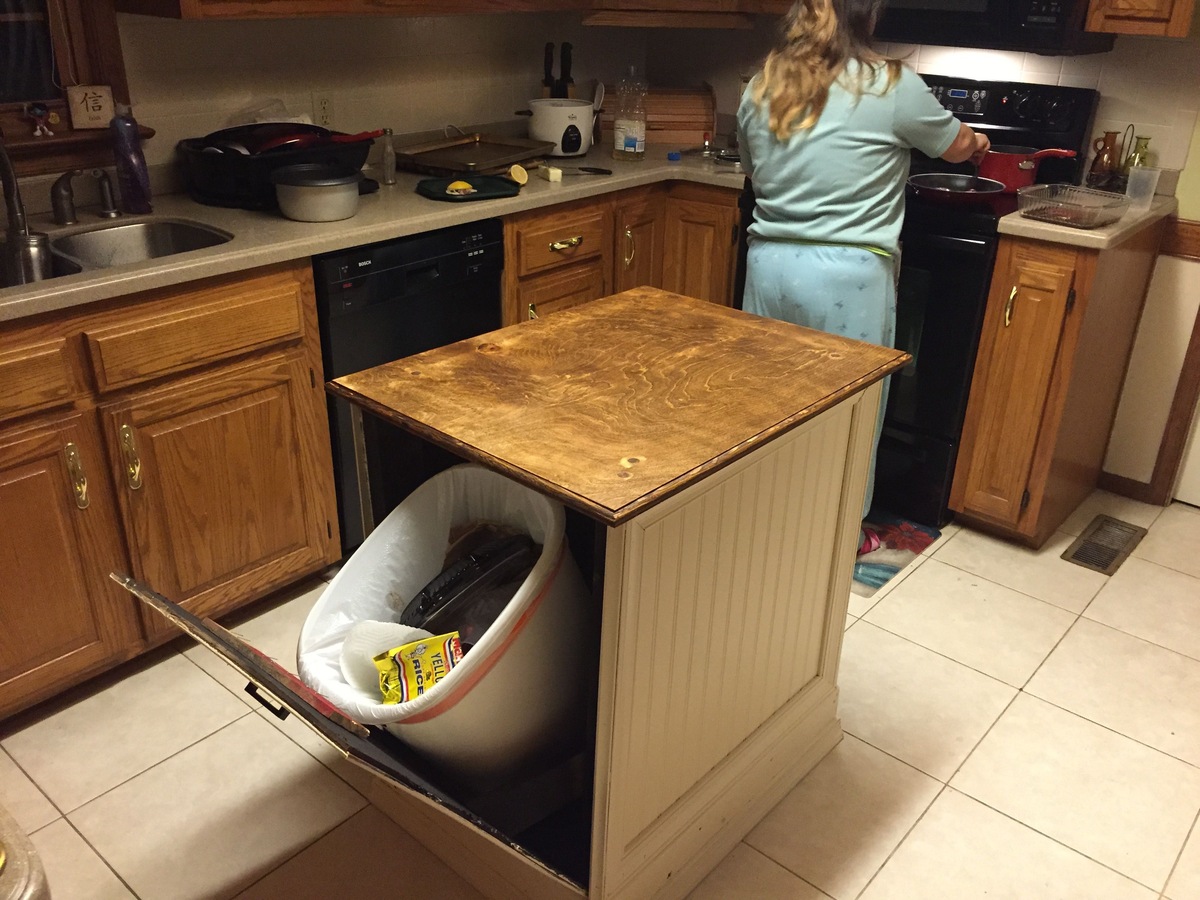
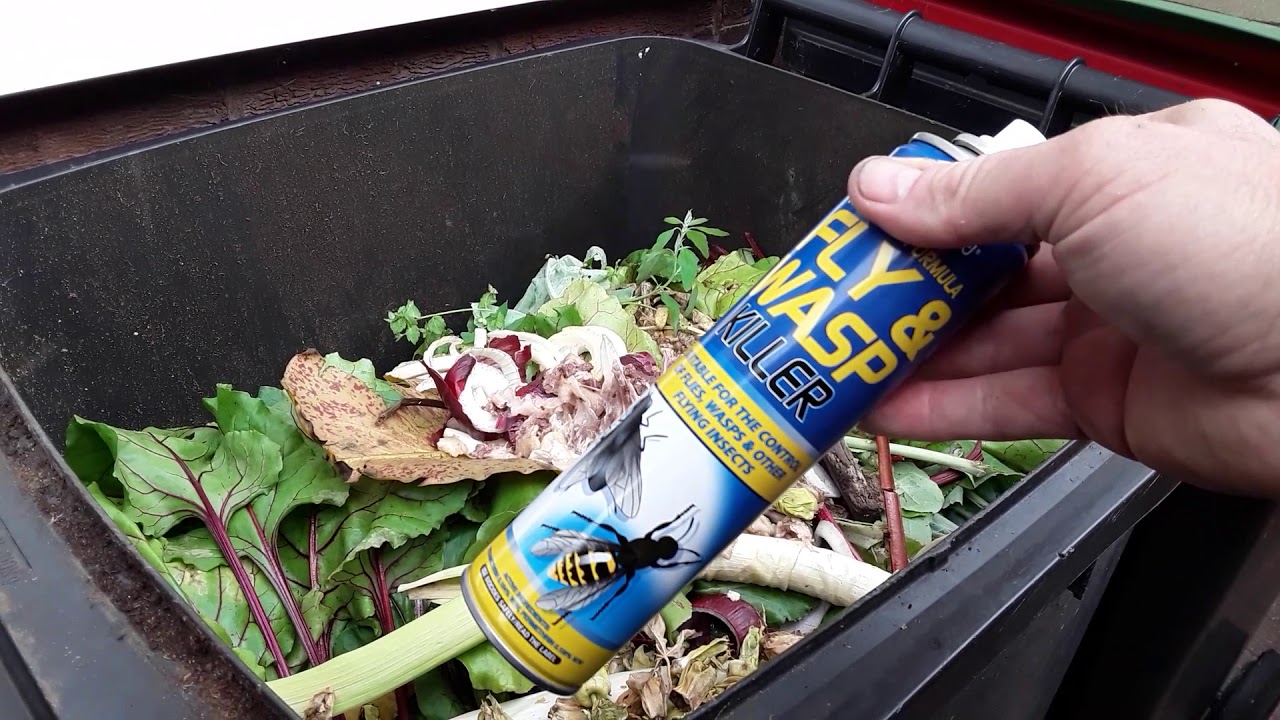

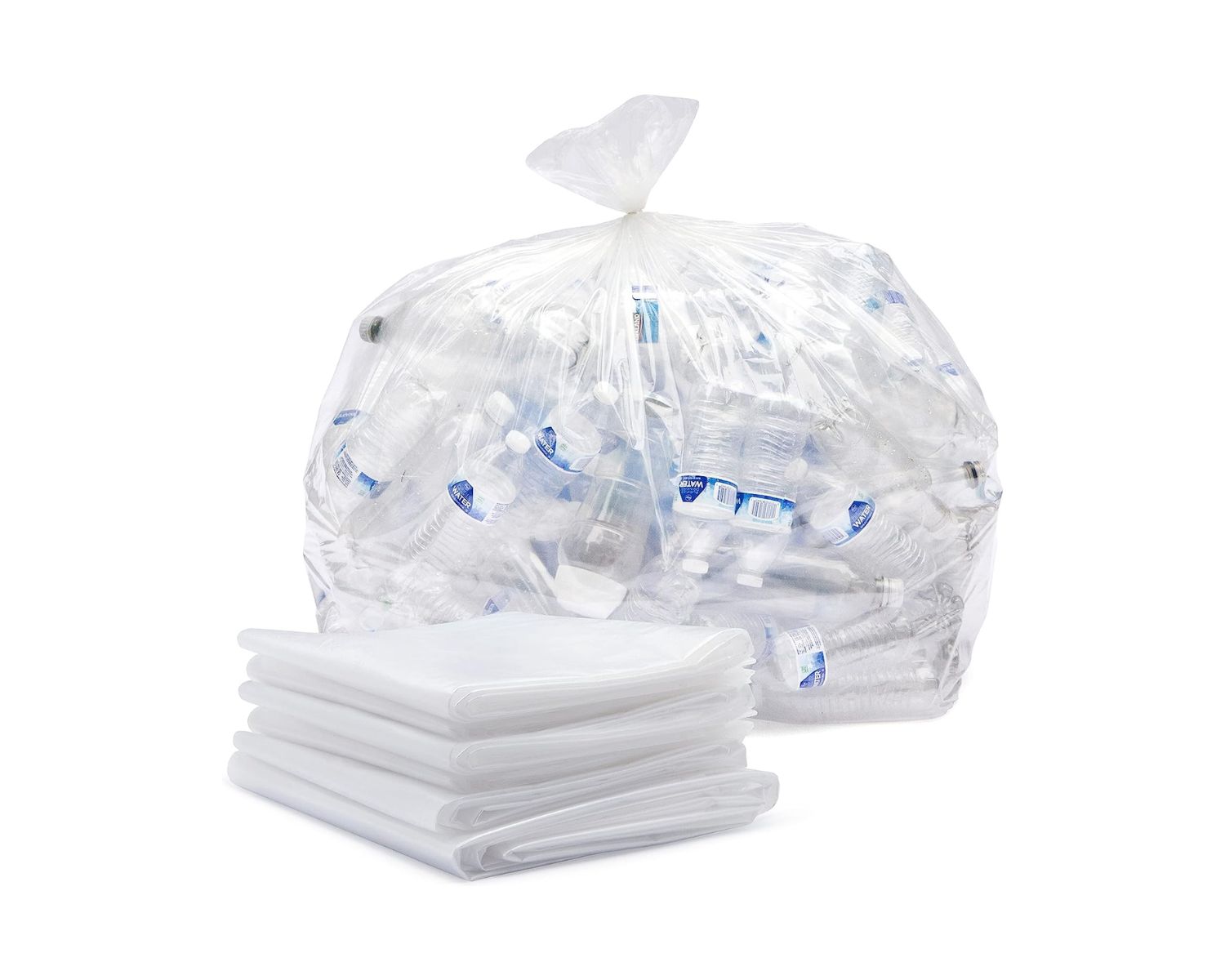
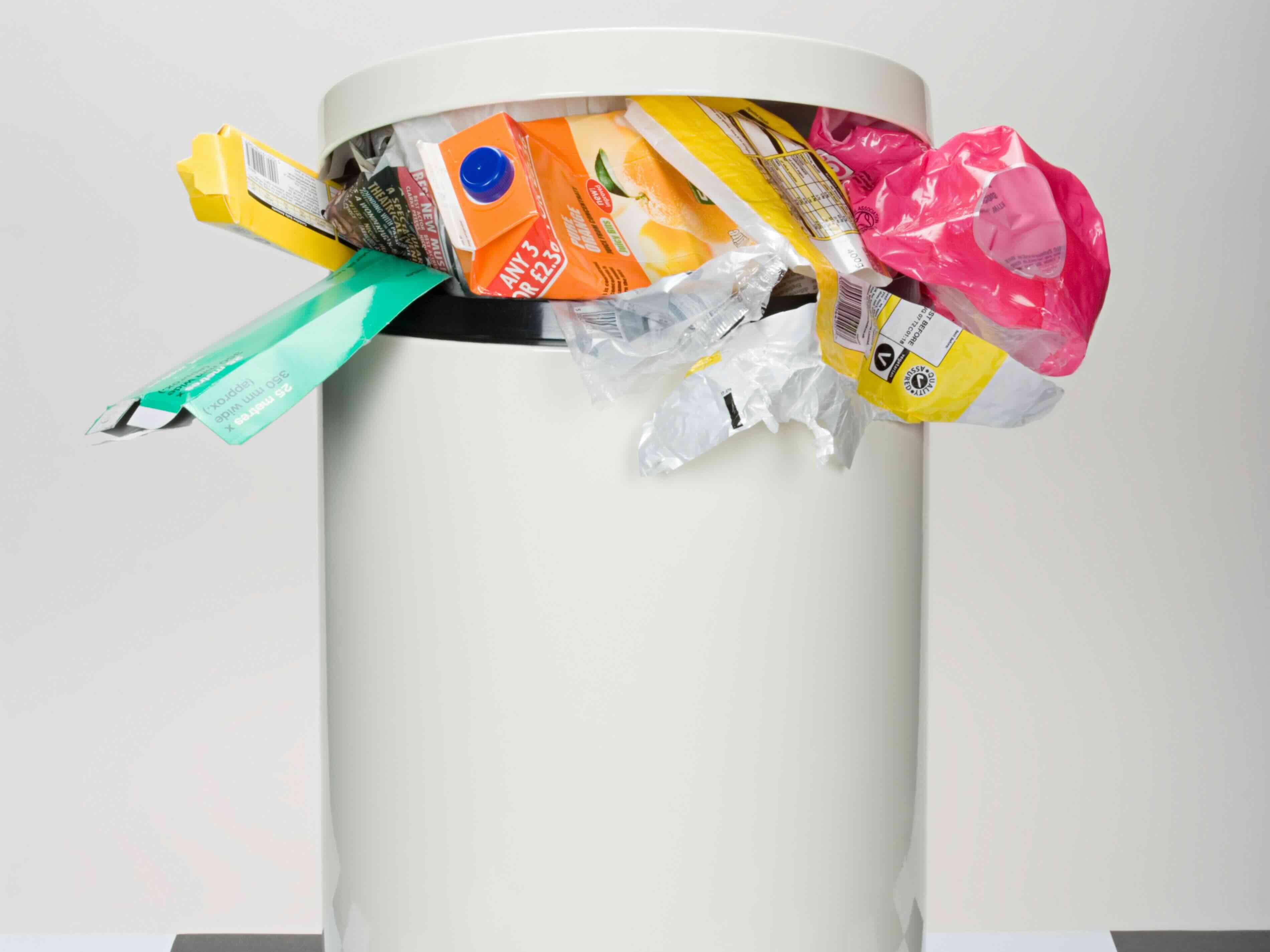
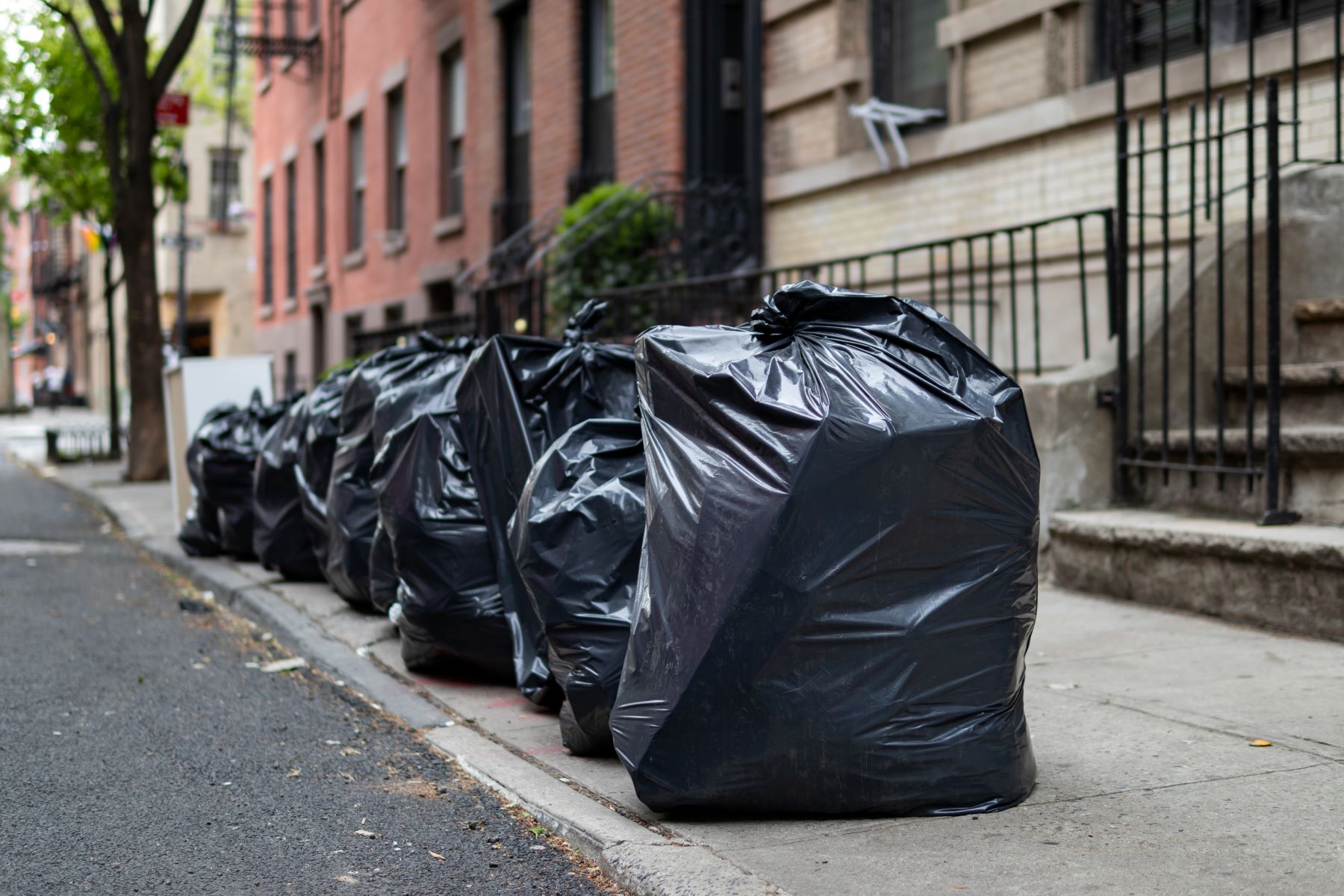
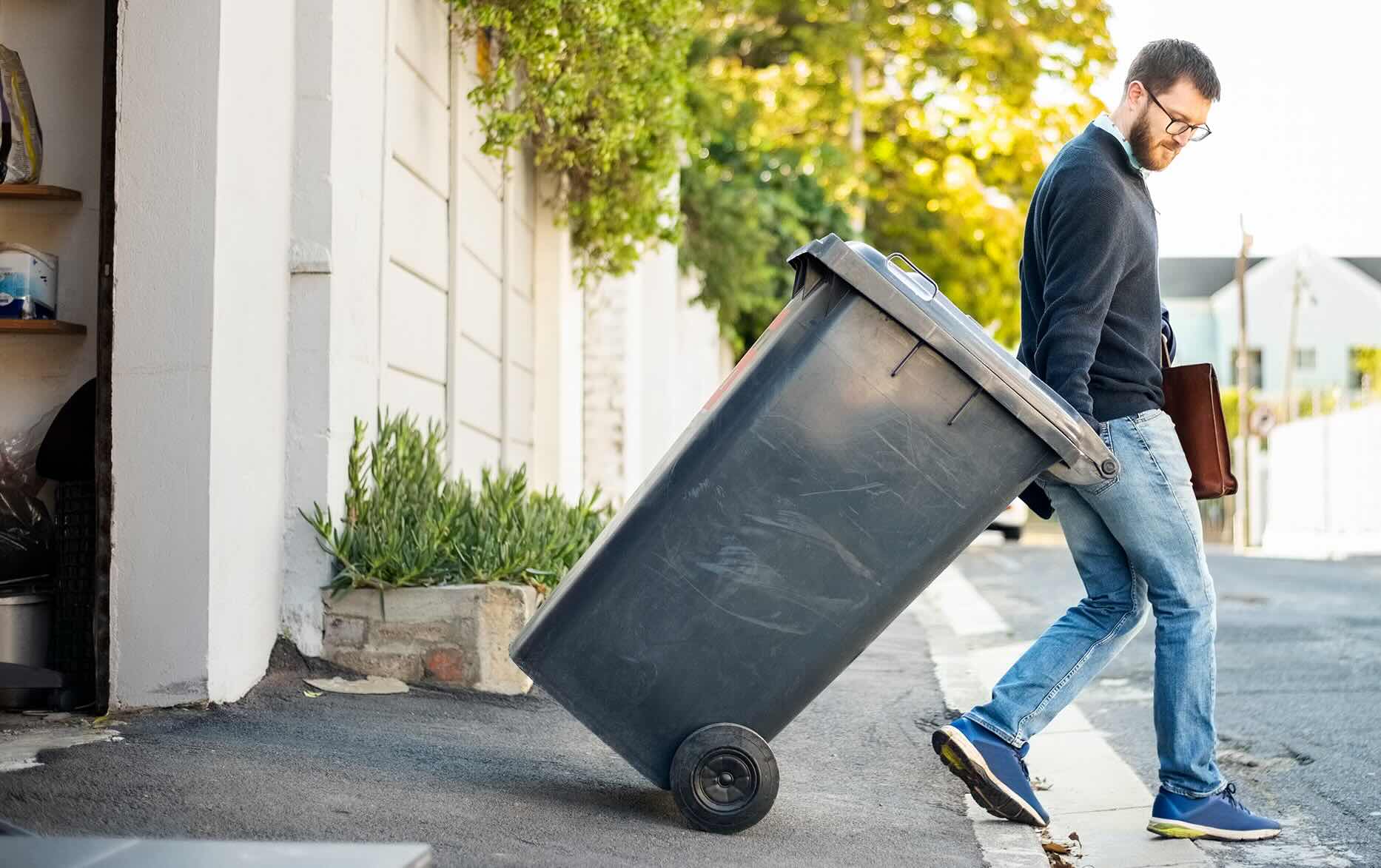
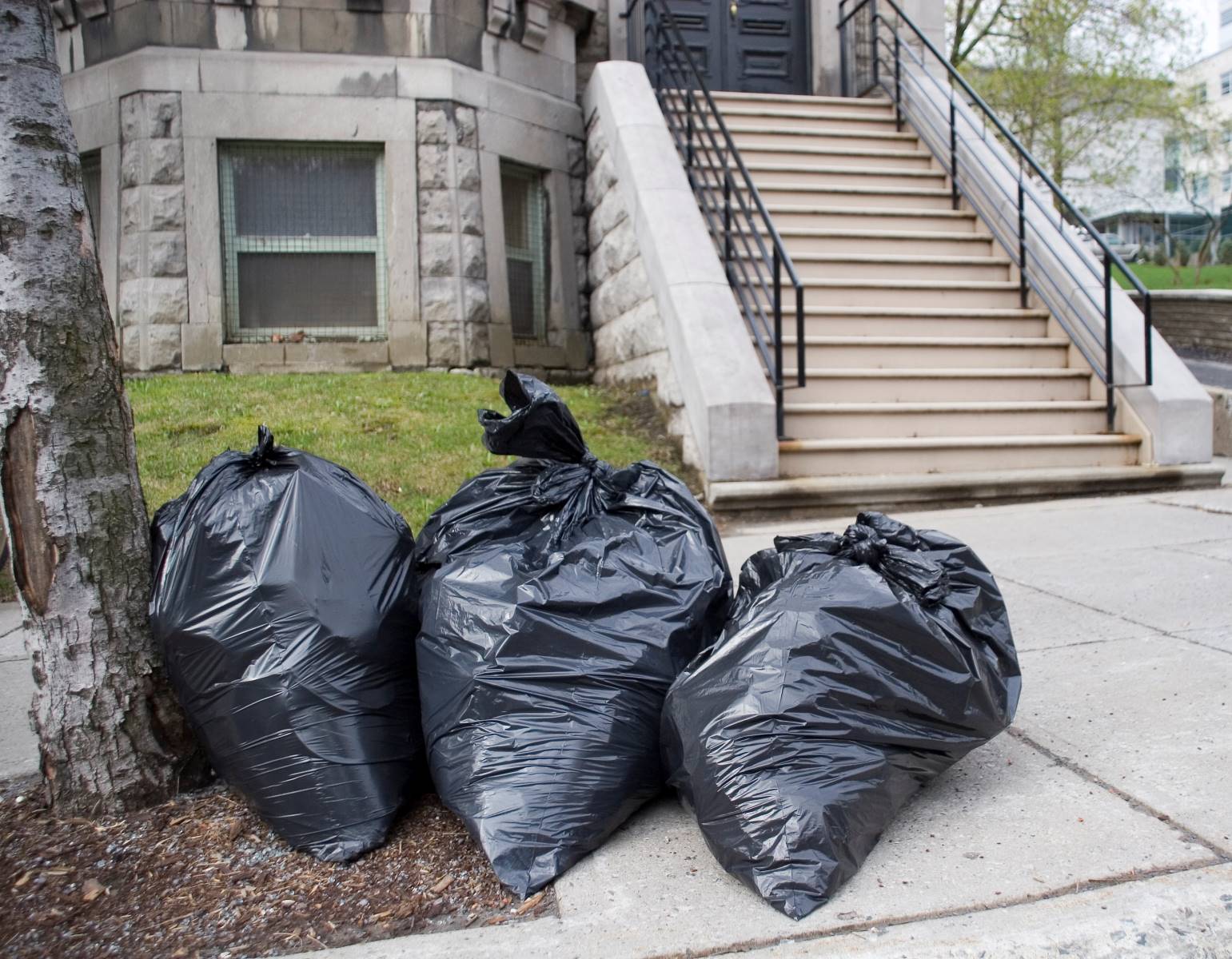
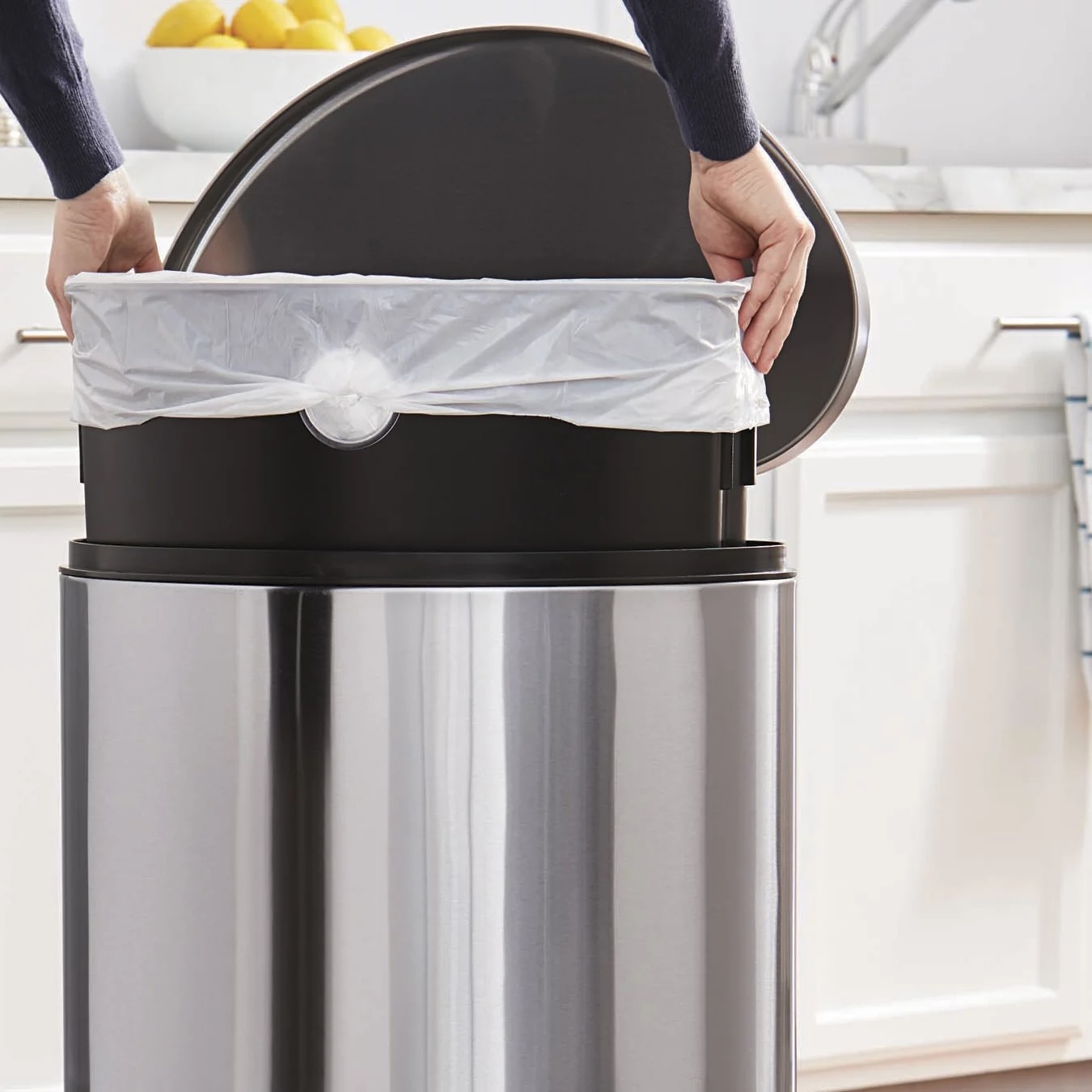
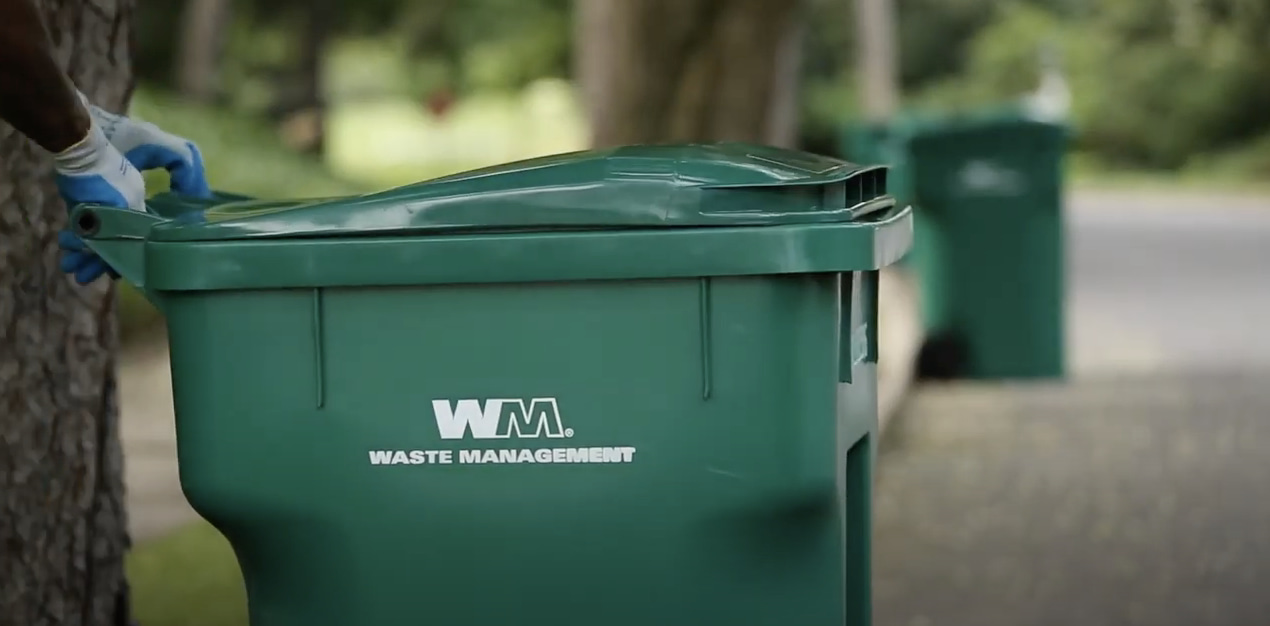
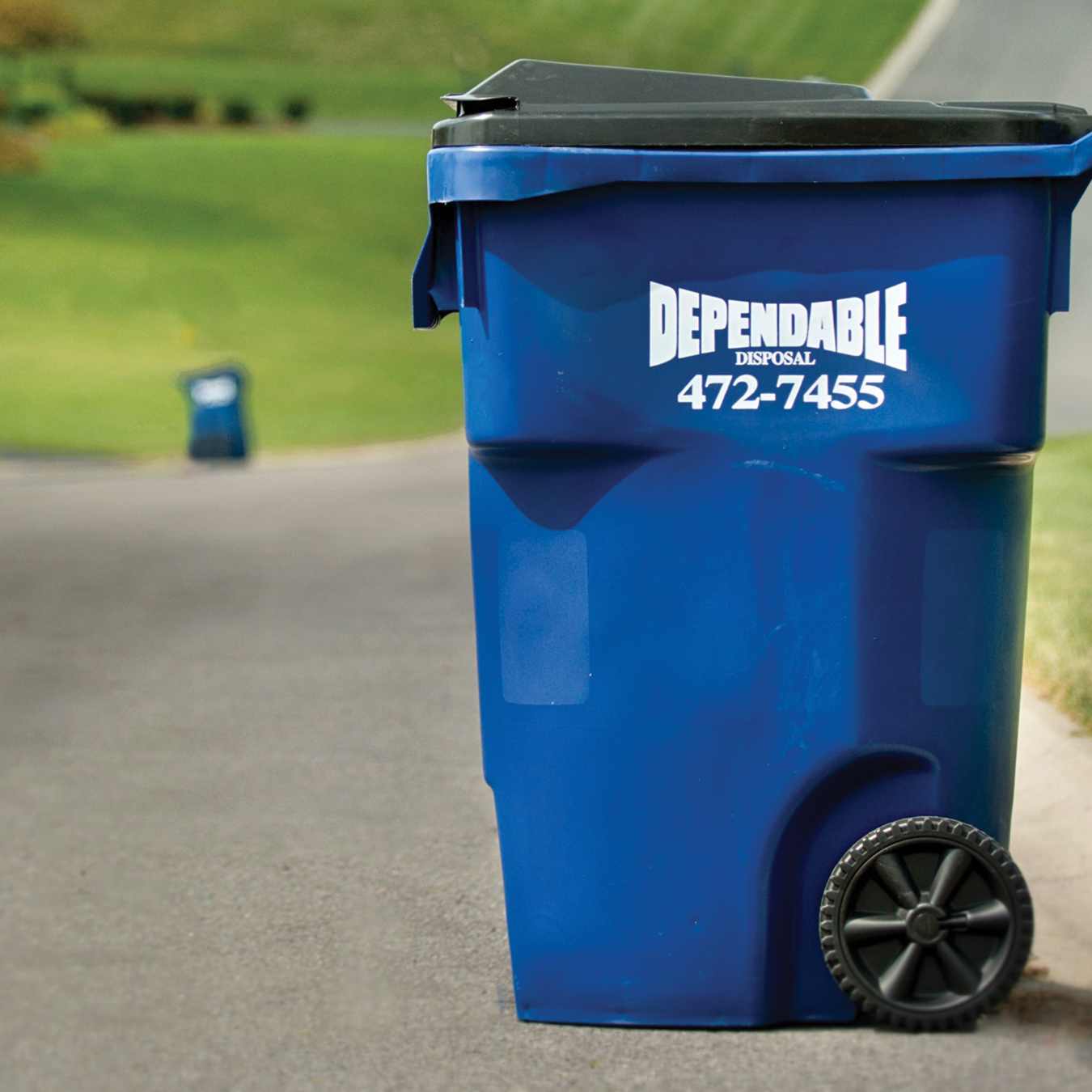
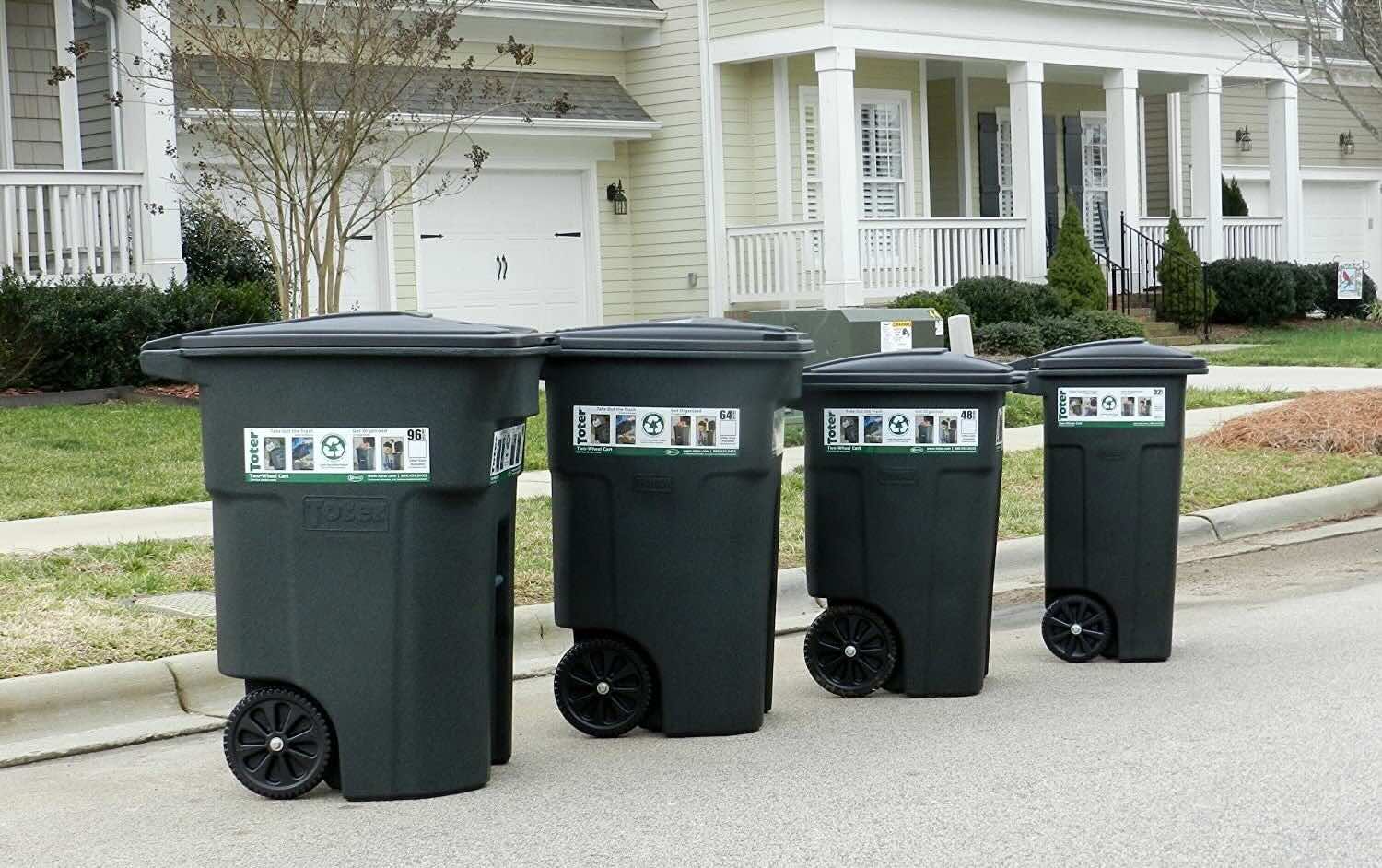

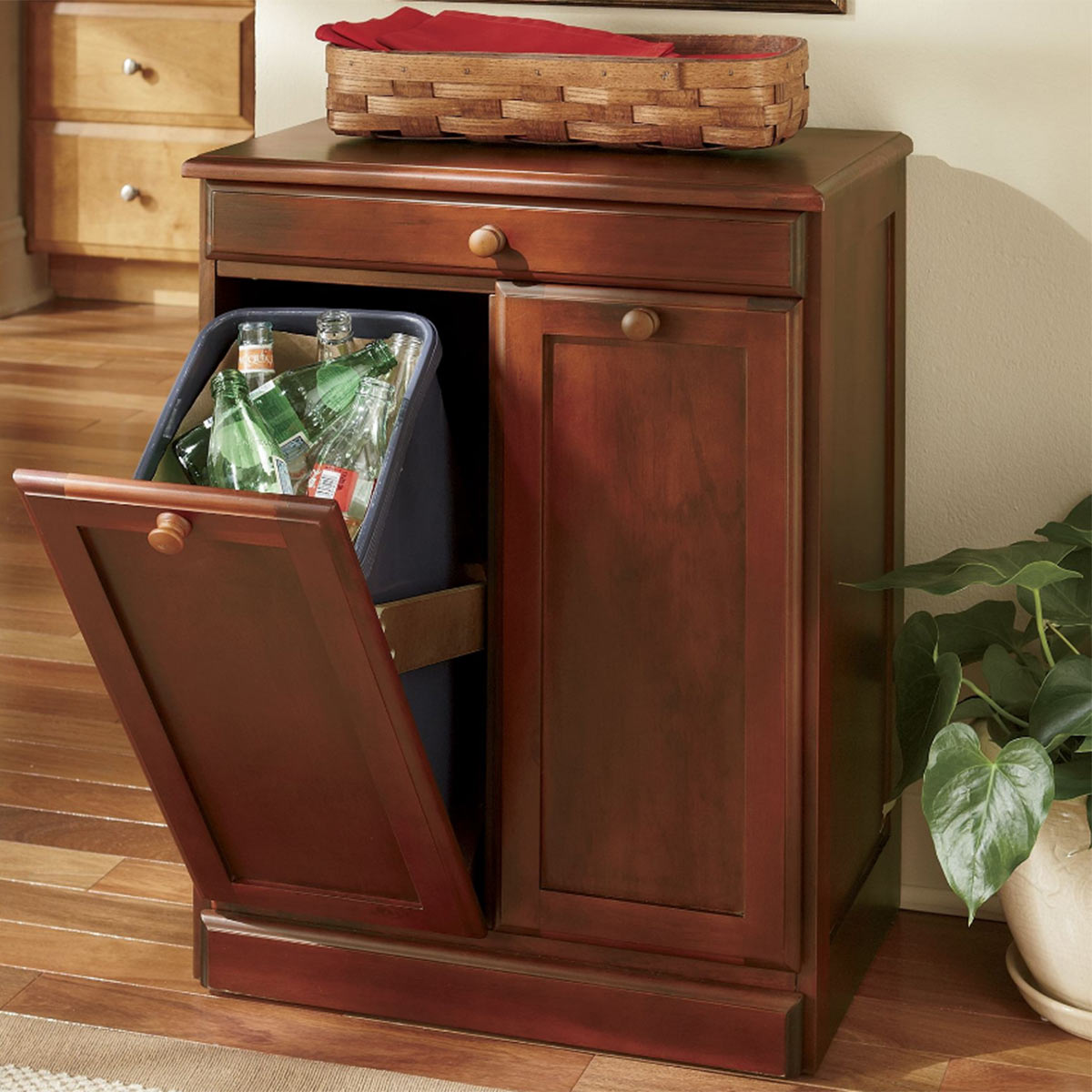

0 thoughts on “Where To Put Trash Can In Kitchen”